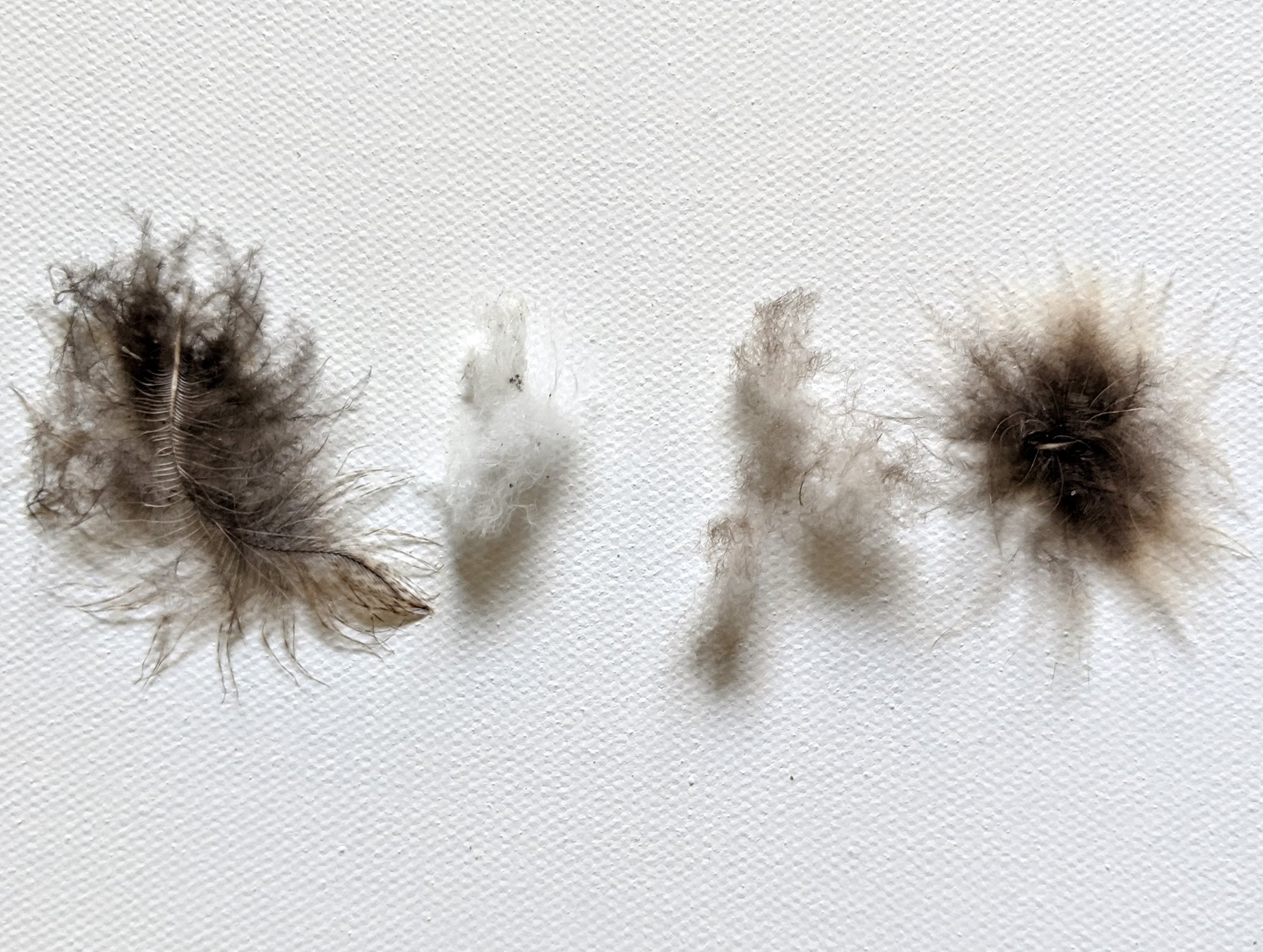There are four main types of feathers: tail feathers, wing feathers, body feathers and down feathers.

Tail feathers help birds steer when flying. When about to land, birds will spread their tail feathers out like a fan to help them slow down. They also help birds balance when on branches or the ground and some tail feathers are used to help attract a mate.
Wing feathers are the strongest feathers. They are long and powerful so birds can lift themselves into the air, fly and steer.

Down feathers are right next to a bird’s skin. They are soft and fluffy to keep the bird warm.
Body feathers also help keep the bird warm. They cover the body, making it smooth for flying (streamlined).